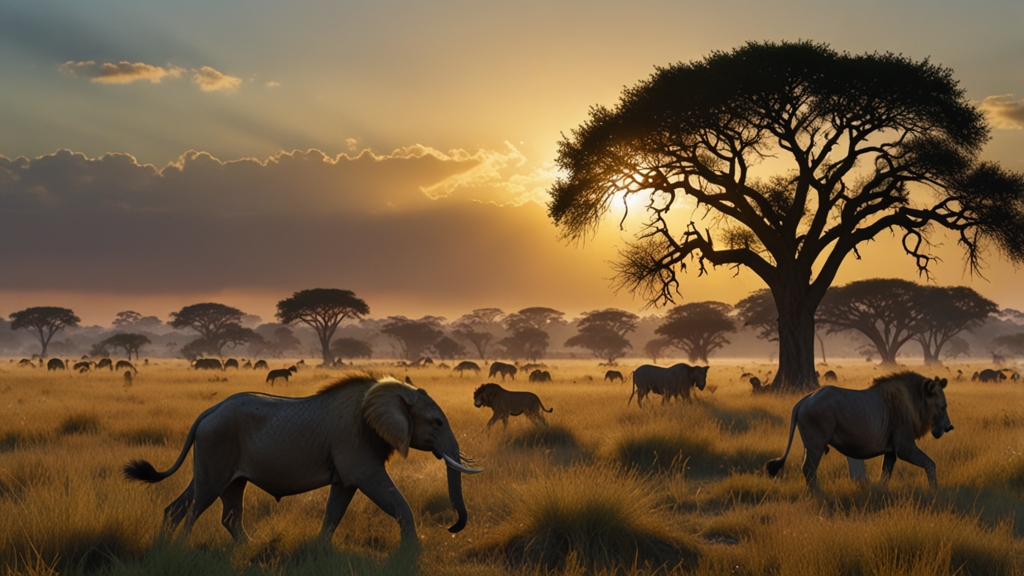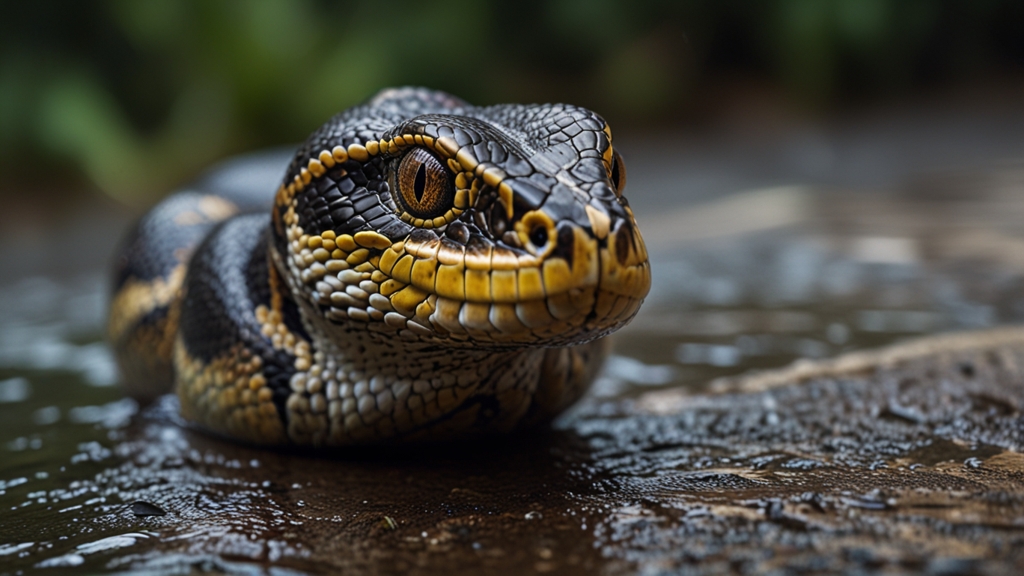Animal Instincts: How They Guide Survival in the Wild
The wild is a realm where survival is the ultimate game, and animals rely heavily on their instincts to navigate this intricate world. These instincts, honed over millennia of evolution, are critical for finding food, avoiding predators, and reproducing successfully. It is fascinating to observe how these innate behaviors contribute to the survival of various species across diverse ecosystems.
Instincts and Their Origins
Instincts are essentially fixed patterns of behavior that are deeply embedded in an animal's genetic code. Unlike learned behaviors, instincts require no prior experience or training. They are automatic responses to specific stimuli that have evolved because they enhance an individual's chances of survival and reproduction.
"Animals in the wild depend on a complex interplay of instincts and learned behaviors, but it is their instincts that often make the crucial difference in life-and-death situations." - Jane Goodall
Foraging and Hunting Instincts
One of the most vital instincts in the wild is the instinct to forage or hunt for food. Different species have developed specialized techniques to obtain nourishment. For instance, wolves instinctually hunt in packs, allowing them to take down larger prey through coordinated efforts. Birds of prey, like eagles, use their unparalleled vision and swift flight to catch smaller animals.
Herbivores, on the other hand, rely on instincts to locate nutritious plants and avoid toxic ones. They have an inherent knowledge of what is safe to eat, often passed down through generations. This instinct is crucial as it not only ensures their survival but also affects the entire ecosystem by spreading seeds and maintaining plant populations.
Defensive Instincts
Survival in the wild is not just about acquiring food; it also involves avoiding becoming food for other animals. Predatory threats are a constant presence, and animals have developed a range of defensive instincts to protect themselves. For example, the opossum plays dead when threatened, a behavior known as thanatosis, which can deter predators long enough for the opossum to escape.
"Nature has crafted astonishing ways for animals to protect themselves, and these defense mechanisms are a testament to the power of instinctual behavior." - David Attenborough
Camouflage is another critical defensive instinct. Animals like chameleons and certain species of fish can change their coloration to blend into their environments, making them nearly invisible to predators. Similarly, the instinct to flee at the first sign of danger is present in many animals, from the swift deer to the elusive hare.
Reproductive Instincts
Reproductive instincts ensure the continuation of species. Animals engage in a variety of courtship behaviors, nest-building activities, and other reproductive strategies that are driven by instinct. For example, male peacocks display their vibrant feathers to attract females, while many birds instinctively construct intricate nests to protect their eggs.
Parental instincts also play a crucial role in the survival of offspring. Mother bears are known for their fiercely protective nature, ensuring that their cubs are safe from predators and have ample food. Birds, too, exhibit extraordinary instincts, with many species sharing the task of feeding and protecting their chicks.
Migration Instincts
Migration is another remarkable instinct that involves long-distance travel to find better living conditions, food, or breeding grounds. Monarch butterflies, for instance, undertake an impressive migration journey of thousands of miles between North America and Mexico. Similarly, wildebeest in Africa participate in one of the largest land migrations, driven by the instinct to find greener pastures and more abundant water sources.
Conclusion
Animal instincts are awe-inspiring aspects of nature that underscore the complexity and beauty of the natural world. These automatic behaviors, refined through countless generations, are indispensable for survival in the wild. From foraging and hunting to defense, reproduction, and migration, instincts form the bedrock upon which animals build their lives, navigate their environments, and ensure the continuation of their species.
Understanding these instincts offers valuable insights into the resilience and adaptability of wildlife, reminding us of the delicate balance that sustains life on Earth.












